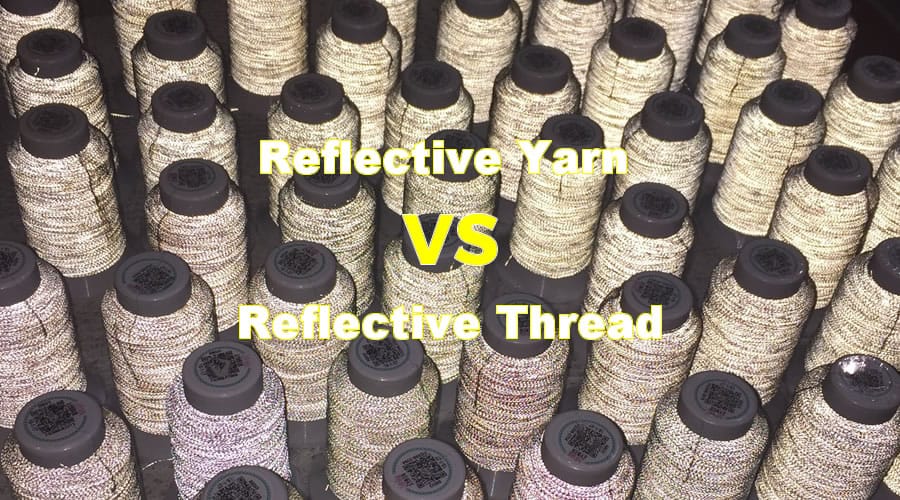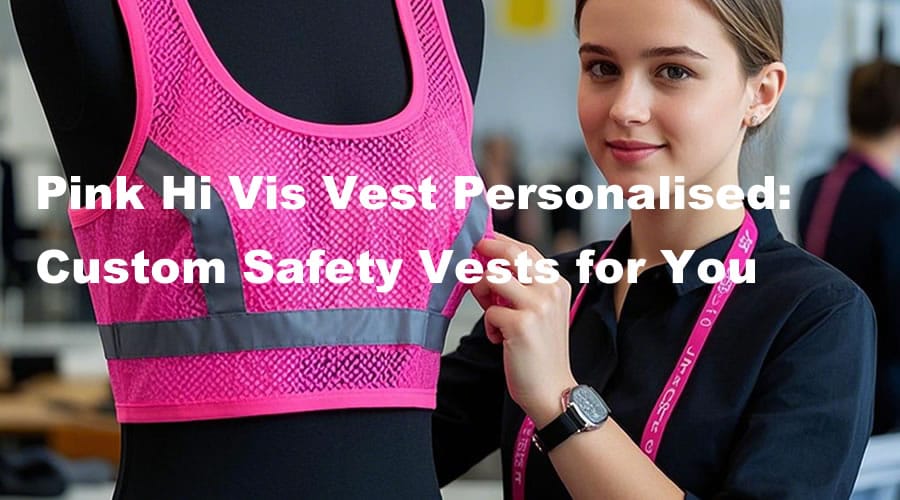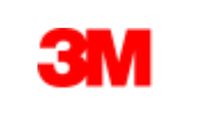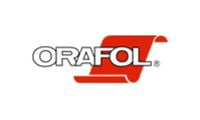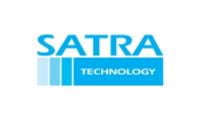1. Introduction to Safety Clothing Regulation
1.1 Definition and Purpose of Safety Clothing Regulations
Safety clothing regulations are comprehensive sets of guidelines and standards designed to ensure the protection and well-being of individuals working in environments where there are potential hazards. These regulations define the types of protective clothing required, the specific standards they must meet, and the responsibilities of employers and employees in ensuring their effective use.
The primary purpose of these regulations is to minimize the risk of injury or illness caused by exposure to hazardous conditions, such as chemical spills, high temperatures, electrical hazards, or low visibility situations. Safety clothing serves as the first line of defense, providing a physical barrier between the worker and the environment.
1.2 Importance of Safety Clothing in Various Industries
Safety clothing plays a critical role across multiple industries, including construction, manufacturing, healthcare, oil and gas, and chemical processing. Each of these industries presents unique risks that necessitate specific types of protective clothing:
- Construction: Workers are often exposed to falling objects, sharp tools, and heavy machinery. High-visibility clothing, hard hats, and steel-toed boots are essential for preventing injuries.
- Healthcare: Healthcare professionals must protect themselves from biological hazards. Gowns, gloves, and face shields prevent the transmission of infectious diseases.
- Oil and Gas: Fire-resistant clothing is crucial to protect workers from flash fires and explosions.
- Chemical Industry: Chemical-resistant suits prevent skin contact and inhalation of harmful substances.
The effectiveness of safety clothing in preventing accidents and injuries is well-documented, making regulatory compliance not just a legal obligation but a moral one as well.
2. Historical Background of Safety Clothing
2.1 Evolution of Safety Gear and Clothing
The use of protective clothing can be traced back to ancient times when warriors wore armor to shield themselves from physical harm. However, the concept of safety clothing for industrial use began to take shape during the Industrial Revolution in the 18th and 19th centuries. As factories became more common and workplace injuries more frequent, the need for specialized protective gear became apparent.
Early forms of safety clothing included leather aprons for blacksmiths and gloves for workers handling hazardous materials. The first modern hard hat, known as the “Hard-Boiled Hat,” was introduced in the 1920s to protect miners from falling debris. This marked the beginning of a more structured approach to worker safety.
2.2 Early Regulations and Standards
The first significant safety clothing regulations emerged in the early 20th century, as industrial accidents and occupational diseases gained public attention. In the United States, the Occupational Safety and Health Act (OSH Act) of 1970 established the Occupational Safety and Health Administration (OSHA), which set forth mandatory safety standards for various industries.
In Europe, the introduction of the European Union (EU) Directives in the 1990s standardized safety clothing regulations across member states. These directives were later replaced by the EU Regulation 2016/425, which governs personal protective equipment (PPE), including safety clothing.
3. Key Global Regulatory Bodies
3.1 Occupational Safety and Health Administration (OSHA) – USA
OSHA is the primary regulatory body in the United States responsible for ensuring safe and healthy working conditions. It sets and enforces standards, provides training, and issues guidelines for safety clothing. OSHA regulations require employers to assess workplace hazards and provide appropriate PPE, including safety clothing, at no cost to employees.
Key regulations include:
- 29 CFR 1910.132: General requirements for PPE, including clothing.
- 29 CFR 1910.136: Foot protection.
- 29 CFR 1910.138: Hand protection.
3.2 European Committee for Standardization (CEN) – EU
The European Committee for Standardization (CEN) is responsible for developing and maintaining safety standards within the European Union. Safety clothing must comply with the relevant European Standards (EN), which specify performance requirements, testing methods, and labeling criteria.
Important standards include:
- EN ISO 20471: High-visibility clothing.
- EN ISO 11612: Protective clothing against heat and flame.
- EN 14605: Protective clothing against chemicals.
3.3 International Organization for Standardization (ISO)
The International Organization for Standardization (ISO) develops global standards, including those for safety clothing. ISO standards ensure that safety clothing is consistent, reliable, and effective across different regions and industries.
Significant ISO standards include:
- ISO 11611: Protective clothing for welding.
- ISO 13982-1: Protective clothing for solid particulate chemicals.
4. Types of Safety Clothing and Their Regulations
4.1 High-Visibility Clothing
High-visibility clothing is designed to make the wearer more visible in low-light conditions or environments where visibility is compromised. It is commonly used in construction, road work, and emergency services.
- EN ISO 20471: This European standard specifies the requirements for high-visibility clothing in terms of design, color, and reflective materials.
- ANSI/ISEA 107: The American standard for high-visibility safety apparel, which categorizes garments into classes based on the level of visibility required.
4.2 Flame-Resistant Clothing
Flame-resistant (FR) clothing is essential in industries where workers are exposed to fire hazards, such as oil and gas, welding, and electrical work.
- NFPA 2112: The US standard for flame-resistant garments for industrial personnel.
- EN ISO 11612: The European standard for protective clothing against heat and flame.
4.3 Chemical-Resistant Clothing
Chemical-resistant clothing provides protection against hazardous chemicals, preventing skin contact and inhalation of toxic substances.
- EN 14605: Specifies requirements for clothing that protects against liquid chemicals.
- ASTM F739: American standard for permeation resistance of protective clothing materials.
4.4 Electrical Hazard Clothing
Electrical hazard clothing is designed to protect workers from electrical shocks, burns, and arc flashes.
- NFPA 70E: Standard for electrical safety in the workplace, including requirements for arc-rated clothing.
- IEC 61482-2: International standard for protective clothing against thermal hazards of electric arc.
4.5 Respiratory Protective Equipment
While not clothing per se, respiratory protective equipment (RPE) is often considered part of safety attire. It protects against inhalation of harmful substances.
- EN 149: European standard for filtering half masks.
- OSHA 1910.134: US standard for respiratory protection.
5. Standards and Classifications of Safety Clothing
5.1 Safety Clothing Classification (Category I, II, III)
Safety clothing is classified into three categories based on the level of risk they protect against:
- Category I: Simple design for minimal risks (e.g., gardening gloves).
- Category II: Intermediate design for medium risks (e.g., high-visibility vests).
- Category III: Complex design for high risks (e.g., chemical protective suits).
5.2 Performance Requirements and Testing Standards
Performance requirements for safety clothing include testing for:
- Abrasion Resistance: To ensure durability in abrasive environments.
- Tear Resistance: To prevent tearing in hazardous conditions.
- Chemical Permeation: To protect against harmful chemicals.
- Thermal Resistance: To withstand high temperatures and flames.
Testing standards, such as those set by ISO and ASTM, ensure that safety clothing meets these performance criteria.
6. Industry-Specific Safety Clothing Regulations
6.1 Construction Industry
The construction industry is one of the most hazardous sectors, with risks including falls, electrical hazards, and heavy machinery. Safety clothing requirements include:
- High-Visibility Vests: To increase visibility on construction sites.
- Hard Hats and Safety Boots: To protect against falling objects and foot injuries.
- OSHA 1926: Specifies PPE requirements for construction workers.
- EN 13688: General requirements for protective clothing in construction.
6.2 Oil and Gas Industry
In the oil and gas industry, workers face fire and explosion risks, making flame-resistant clothing mandatory.
- NFPA 2112: Specifies performance requirements for flame-resistant clothing.
- ISO 11611: Provides standards for protective clothing used in welding and allied processes.
6.3 Healthcare Industry
Healthcare workers require protection against biological hazards and chemical exposure.
- ANSI/AAMI PB70: Provides standards for liquid barrier performance of protective apparel in healthcare settings.
- EN 14126: Specifies requirements for protective clothing against infective agents.
6.4 Chemical Industry
The chemical industry requires specialized clothing to prevent exposure to toxic substances.
- OSHA 1910.120: Regulates hazardous waste operations and emergency response, including protective clothing requirements.
- EN 13034: Specifies requirements for chemical protective clothing offering limited protective performance against liquid chemicals.
7. Compliance and Certification Processes
7.1 Certification Bodies and Processes
Certification bodies such as the European Notified Bodies and the US National Institute for Occupational Safety and Health (NIOSH) ensure that safety clothing meets regulatory standards.
- CE Marking: Required for PPE sold in the European Economic Area (EEA).
- NIOSH Certification: Required for respiratory protective equipment in the US.
7.2 Documentation and Labeling Requirements
Proper documentation and labeling are crucial for ensuring compliance. Safety clothing must have:
- Manufacturer’s Details: Name, address, and contact information.
- Certification Mark: Such as the CE mark or NIOSH logo.
- Performance Information: Details on protection levels and maintenance instructions.
8. Employer Responsibilities and Compliance
8.1 Risk Assessment and PPE Selection
Employers are responsible for conducting risk assessments to identify potential hazards and selecting appropriate PPE, including safety clothing. This involves:
- Hazard Identification: Recognizing physical, chemical, and biological hazards.
- PPE Selection: Choosing clothing that meets the required protection levels.
8.2 Training and Education for Workers
Employers must also provide training on the correct use, maintenance, and limitations of safety clothing. This ensures that workers are adequately protected and understand how to properly use their equipment.
9. Worker Rights and Responsibilities
9.1 Right to Safe Working Conditions
Workers have the right to a safe and healthy workplace. This includes the right to receive appropriate safety clothing and to refuse work if they believe it poses an imminent danger to their health.
9.2 Proper Use and Maintenance of Safety Clothing
Workers are responsible for using safety clothing correctly and for reporting any issues with their equipment. They must also adhere to maintenance guidelines to ensure the longevity and effectiveness of their protective clothing.
10. Technological Advances in Safety Clothing
10.1 Smart Safety Clothing
The integration of technology in safety clothing has led to the development of smart garments that can monitor vital signs, detect hazardous conditions, and even alert workers to potential dangers.
- Wearable Technology: Sensors embedded in clothing to monitor temperature, humidity, and air quality.
- GPS and Communication Systems: For tracking worker locations and facilitating communication in remote areas.
10.2 Innovations in Material Science
Advancements in material science have led to the development of more effective and comfortable safety clothing.
- Nanotechnology: Enhances durability, breathability, and chemical resistance.
- Lightweight Materials: Provide protection without compromising comfort and mobility.
11. Challenges and Controversies in Safety Clothing Regulations
11.1 Balancing Cost and Compliance
One of the main challenges is balancing the cost of safety clothing with regulatory compliance. High-quality safety clothing can be expensive, leading some employers to cut corners, which compromises worker safety.
11.2 Adaptation to New Industries and Hazards
As new industries emerge and work environments evolve, existing safety clothing regulations may become outdated. Regulatory bodies must continuously update standards to address new hazards, such as those posed by nanomaterials and advanced manufacturing processes.
12. Global Trends in Safety Clothing Regulations
12.1 Harmonization of Standards
There is a growing trend towards harmonizing safety clothing standards globally. This would simplify compliance for multinational companies and ensure consistent protection for workers regardless of location.
12.2 Increasing Focus on Sustainability
Sustainability is becoming a significant consideration in the development and regulation of safety clothing. This includes the use of environmentally friendly materials and processes, as well as the recycling and disposal of PPE.
13. Future Directions for Safety Clothing Regulations
13.1 Integration of AI and IoT in Safety Clothing
The integration of artificial intelligence (AI) and the Internet of Things (IoT) in safety clothing could revolutionize the industry. Smart clothing equipped with AI can predict hazardous situations and take preventive actions, while IoT connectivity can facilitate real-time monitoring and data analysis.
13.2 Emerging Regulations for New Work Environments
As remote work, telepresence, and virtual reality become more prevalent, new safety clothing regulations may be needed to address the unique challenges posed by these environments. This could include regulations for augmented reality safety gear and virtual PPE training programs.
14. Frequently Asked Questions (FAQs)
14.1 What are the basic requirements for safety clothing compliance?
Safety clothing must meet the standards set by relevant regulatory bodies, such as OSHA, CEN, or ISO. This includes specific performance criteria, testing methods, and labeling requirements.
14.2 How do safety clothing standards differ by region?
Safety clothing standards vary by region, with different regulatory bodies setting the requirements. For example, OSHA regulates safety clothing in the US, while CEN is responsible for standards in the EU.
14.3 What should be considered when selecting safety clothing?
When selecting safety clothing, consider the specific hazards of the workplace, the performance criteria required, and the comfort and fit of the clothing. Proper training on usage and maintenance is also essential.
14.4 How often should safety clothing be replaced?
The replacement frequency depends on the type of safety clothing, the conditions it is used in, and the manufacturer’s guidelines. Regular inspection for damage or wear is essential.
14.5 Are there any exemptions to safety clothing regulations?
Exemptions may apply in specific cases, such as when the use of safety clothing poses a greater risk than not using it. However, these are rare and must be justified through a risk assessment.
14.6 What is the process for obtaining certification for safety clothing?
Certification involves testing the safety clothing to ensure it meets the required standards. This is conducted by accredited certification bodies, such as NIOSH in the US or Notified Bodies in the EU.
15. Conclusion
15.1 Summary of Key Points
Safety clothing regulations are crucial for protecting workers across various industries. These regulations set standards for the design, performance, and use of protective clothing to minimize the risk of injury or illness. Compliance with these standards is not only a legal obligation but also a fundamental aspect of ensuring workplace safety.
15.2 The Importance of Ongoing Compliance and Education
The effectiveness of safety clothing relies on proper usage, maintenance, and continuous education. Employers and employees must stay informed about the latest regulations and advancements in safety clothing technology to maintain a safe working environment.
The future of safety clothing regulation will likely see increased integration of technology and a focus on sustainability, ensuring that protective clothing continues to evolve to meet the changing needs of the workforce.



